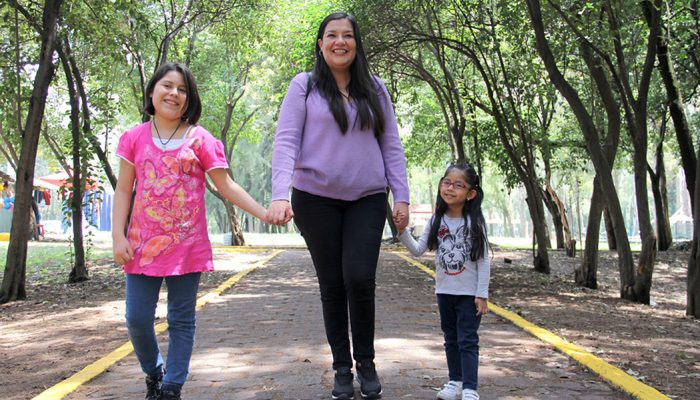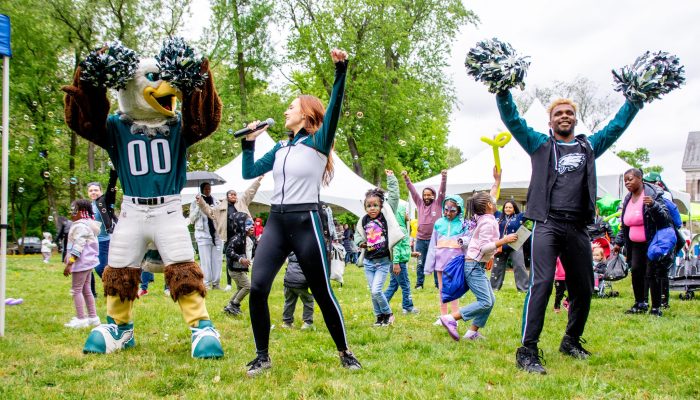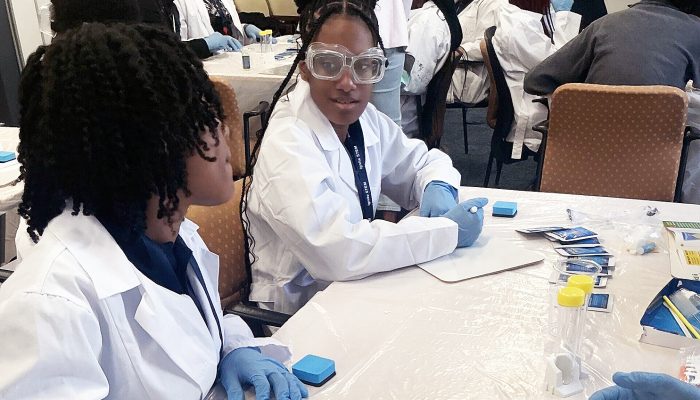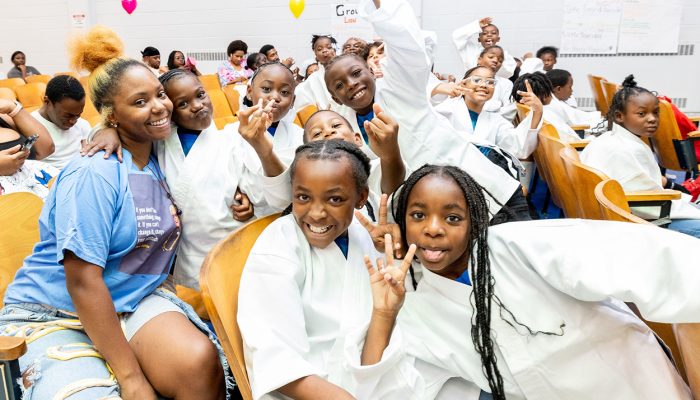It’s Hispanic Heritage Month! The days between September 15 and October 15 are recognized on many American calendars as a time to celebrate the culture, histories, and contributions of the Latinx community.
Coinciding with the September 15th anniversary of independence for many Latin American countries, the celebration gives a nod to Costa Rica, El Salvador, Guatemala, Honduras, and Nicaragua. Mexico celebrates its Independence Day on September 16, and Chile, on September 18.
The Philadelphia Department of Human Services (DHS) follows a belief that representation matters. Cultural identity plays a significant role in children’s lives; therefore we emphasize the importance of cultural connections for young people in foster care. The connections carry such benefits as mental health resilience, higher levels of social well-being, and improved coping skills.
In honor of Hispanic Heritage Month, we offer five ways a resource family can immerse itself in Hispanic history, culture, and language. This allows space for learning, bonding, and creating lasting memories together!
1. Celebrate holidays and traditions
Spanish speakers celebrate many holidays and traditions. Observe a traditional custom to promote a sense of belonging and pride in your child. A popular holiday is Día de Los Muertos, which translates to “Day of the Dead.” Another well-known holiday is Año Nuevo, which is New Year’s. We encourage you to explore the custom that best peaks your young one’s interests!
2. Engage the Spanish language
Make a conscious effort to learn or brush up on Spanish together. If you are fluent, fantastic! If not, have no fear. Simply introducing basic vocabulary or engaging in small conversation can help families connect. Free language-learning apps such as Duolingo are available for bite-sized lessons.
3. Eat authentic Latinx dishes
Familiar aromas and tastes can create a comfortable environment for a young person in care. Make a traditional and flavorful recipe to celebrate. Invite your young one to participate in its creation. Wow everyone at your dinner table with this youth-friendly salsa recipe from Philadelphia-area chef Jose Garcés. ¡Buen provecho!
4. Read books and watch movies together
Building a collection of books and movies related to a child or youth’s background is a quality, downtime activity. It also opens avenues for exploration and more exposure to positive, visual representations of the Latinx culture. Visit the Free Library of Philadelphia to gain access to a diverse range of age-appropriate content.
5. Acknowledge needs and interests
Above all, listening and communication are crucial. Paying attention to your young person’s needs and acknowledging their interests in their cultural identity is key. This creates a safe space for them to express themselves and allows resource families to better support the child’s unique development as he or she grows.
DHS has a year-round commitment to ensuring children connect to their heritage. Unfortunately, not enough Spanish-speaking resource parents exist to serve the young people who need them. We invite you to consider becoming a resource parent. Training, support, and guidance are available. Together, let’s make a positive change. Visit phila.gov/fosteringphilly to learn more.




